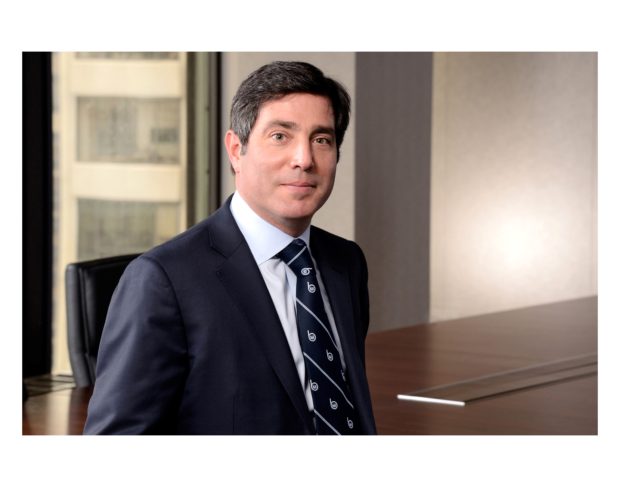For W.R. Berkley Corp. and most other workers compensation carriers, rates have declined for some time. That trend could start reversing itself starting in 2021, CEO W. Robert Berkley Jr. predicted on July 21.
“I would not be surprised as we make our way into 2021 if you started to see a change in trend, and rates actually started to move up next year,” Berkley said during the company’s Q2 2020 conference call for analysts and investors.
The seeds for such a change are already being planted now, he said, with rate declines seemingly reaching a big milestone.
“As it relates to workers comp, which has been marching to the beat of its own drum, we are seeing the early signs that workers compensation pricing may be in the early stages of bottoming out,” Berkley said.
Outside of workers compensation, average rate increases at the specialty insurer and reinsurer grew an average 13 percent, W.R. Berkley Corp. said.
Pre-COVID-19 Issues
Berkley’s comments on workers compensation came during an earnings call that focused initially on COVID-19, with related Q2 claims creating an estimated $85 million in net losses for the insurer out of a total $145 million in catastrophe losses. He cautioned, however, that insurers must pay attention to other longer-standing issues despite the huge ongoing uncertainty created by the coronavirus pandemic.
“Everyone is appropriately very focused on COVID-19. We are all struggling with the reality that there are more questions than answers,” Berkley said.
He expressed hope that people will reduce risky behaviors and that “a pharmaceutical solution” will come soon, but said the firming market that kicked into overdrive in 2019 remains important to follow closely, as are loss cost trends such as increasing social inflation.
“One needs to be careful that the current circumstance stemming from COVID-19 does not overshadow the underlying issues that are driving loss cost trends because we expect this to be a brief hiatus,” Berkley said.
Reinsurance
Berkley said that reinsurance is finally morphing into a harder market.
“Clearly it has been waiting, give or take a decade and a half, for perhaps the moment that is upon us,” he said. “Things are firming. We will have to see how much discipline returns to that market.”
Assuming that discipline returns, Berkley said the company will focus on growing the line again, noting that the degree of discipline “will have an impact on how much business we choose to cede to the marketplace.”
W.R. Berkley’s Q2 combined ratio for reinsurance was 105.1, compared to 95.2 over the same period a year ago.
Investments
W.R. Berkley’s net investment income dropped to $95.4 million in Q2 versus $188.3 million the year before, something the company blamed on investment fund losses and market volatility due to the COVID-19-releated economic shutdown earlier in the spring. So, it’s not surprising that the company’s CEO had something to say about the insurer’s investment strategy moving forward.
“The investment portfolio is something that we view very clearly through a lens we think of as risk adjusted returns,” he said. “There is a huge amount of uncertainty in the world today. and from our perspective we have reached the conclusion that it is better to take a defensive posture.”
He said that W.R. Berkley executives view the company’s investment portfolio from the perspective of owners and are trying to take the long, prudent view.
“We think about it with a longer-term view and sense of obligation and commitment as if we as a team own this business,” he said.
Taking that perspective, Berkley said the company is “willing to pay price for taking defensive posture.”
*Photo: W. Robert Berkley, Jr./via W.R. Berkley Corp.





















 California Workers Comp Combined Ratio for 2024 Highest in 20-Plus Years
California Workers Comp Combined Ratio for 2024 Highest in 20-Plus Years  Berkshire Hathaway Enters Post-Buffett Era as Share Prices Fall
Berkshire Hathaway Enters Post-Buffett Era as Share Prices Fall  Nearly Half of 100 Largest P/C Insurers Destroy Value: ACORD
Nearly Half of 100 Largest P/C Insurers Destroy Value: ACORD  Federal Aviation Notice Warned of Slackline Before Deadly Arizona Helicopter Crash
Federal Aviation Notice Warned of Slackline Before Deadly Arizona Helicopter Crash 














